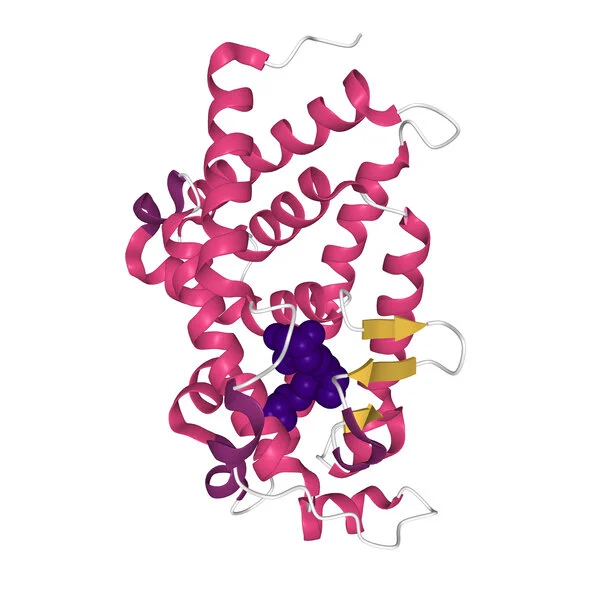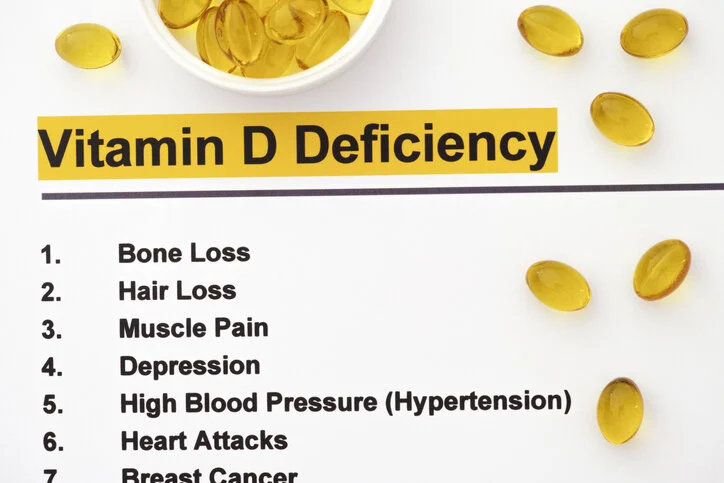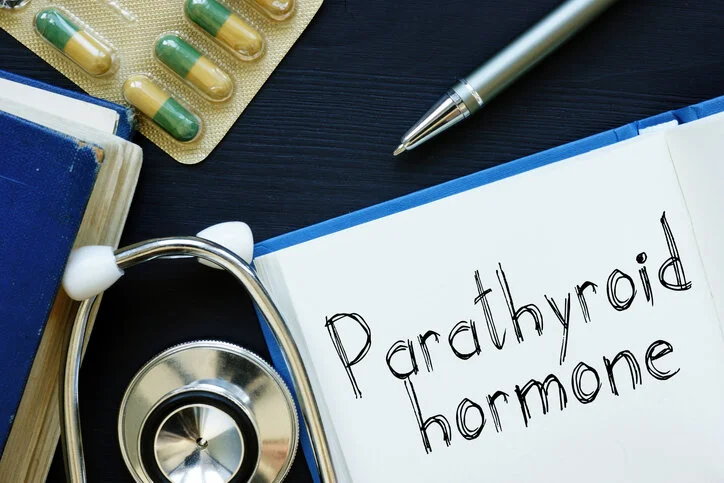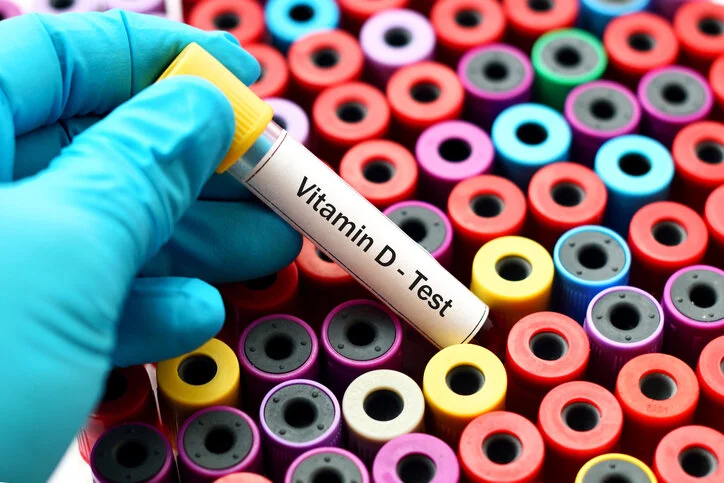Vitamin D Resistance
By now, most of us understand the importance of adequate vitamin D blood levels. For more details on its importance, please read my post here. The medical community agrees that your circulating level of the less active form, 25-hydroxyvitamin D (D2) should be 30 nmol/L up to 125 nmol/L. (1) We convert D2 to the active form called D3 (1,25-dihydroxy vitamin D) as we need it. (2) Because so many conditions call for activating and inactivating D2 to D3 and back, measuring the active form D3 is not a reliable test. (3) Clinicians almost exclusively measure for D2 and use the result as a gauge for your stored vitamin D because, in theory, it should be readily converted to the active D3 as needed.
Symptoms of Low Vitamin D Activity
Mood changes
Bone loss as in gum disease, osteopenia, or osteoporosis
Muscle cramps
Fatigue
Inflammation
Infections
Immune system disorders
Falls, especially the elderly
Cancer
Autoimmune disease, especially MS
Heart disease and high blood pressure
Diabetes
Vitamin D Supplementation Does Not Work For Some
Medical researchers have known for some time that we cannot always assume that our bodies always use vitamin D efficiently. About 25% of the population do not respond to standard doses of vitamin D3 supplementation. (4) One reason is that the genes to help convert the oral supplement form to the active form are switched off or defective. This population will continue to test low despite high levels of supplementation. One particular reason for the gene inactivation is low glutathione. It is easy to raise glutathione levels through additional supplementation with L-cysteine or NAC. For more on the subject, please read my post here.
Note: I always recommend food as the best source of all nutrients. The best sources of vitamin D are fish salmon, sardines, and herring, shellfish like oysters and shrimp, and organ meat especially the Liver. Other sources are eggs including yolks and full-fat non-pasteurized milk. Supplements should be secondary sources for healthy individuals. Diseased states, however, may call for higher levels only achievable through supplementation.
Vitamin D receptors or VDR must bind the vitamin D in circulation to use it. Receptors are like locks as they need a specific key to unlock them, but sometimes locks can malfunction. Rarely children are born with genetic defects for VDR and must be given extremely high doses of vitamin D to thrive. This rare form is called genetic vitamin D resistance. Children with this condition have low calcium, Ricketts, overactive parathyroids, and hair loss. More commonly, the VDR's switch off during life for some individuals. We call this more common form acquired Vitamin D resistance. Acquired vitamin D resistance has a broad spectrum of symptoms consistent with low vitamin D. The extreme cases often result in autoimmune conditions, including psoriasis and MS. The Vitamin D Receptor is probably the most vulnerable part of the vitamin D metabolic system and is most likely at the heart of acquired vitamin D resistance. (4)
Parathyroid Hormone Reflects Vitamin D Effectiveness
Vitamin D is an integral part of our calcium metabolism. Low vitamin D activity results in poor tooth and bone formation. The parathyroid gland regulates calcium by secreting parathyroid hormone or PTH. When needed, PTH output increases the conversion of vitamin D2 to D3, helping maintain healthy calcium metabolism. When D3 is high, PTH is low and vice versa in healthy subjects. But in acquired resistance, PTH does not drop because very high levels of circulating vitamin D are required when the receptors are weak, making it a good test for acquired Vitamin D resistance. In 2016, researchers correlated vitamin D supplementation to PTH levels and concluded that 40% of subjects were high responders, 31% moderate responders, and 29% were low responders based on PTH levels. (5)
Causes of Acquired Vitamin D Resistance
High cortisol (the stress hormone) or administering prednisone which is artificial cortisone, causes the bone to break down and PTH to rise. Vitamin D supplementation reversed the condition. (6)
Estrogen increases VDR activity. Women with low estrogen can develop osteoporosis. (7)
Endotoxins (lipopolysaccharides or LPS) from bacterial infections cause VDR activity to lower. P. Giningivalis causes periodontal disease through endotoxin production. The defining feature of periodontal disease is the destruction of the bone around teeth. Numerous other bacteria are known to lower VDR activity, including pneumonia, E. coli, Legionnaires disease, Lyme disease, Salmonella, Cytomegalovirus, and Yersinia. (8)
Aging is associated with decreased Vitamin D receptor activity in rats. One study used vertebral disk degeneration as a measure of disease attributed to low VDR activity, and they managed to reverse the disease with vitamin D supplementation.






